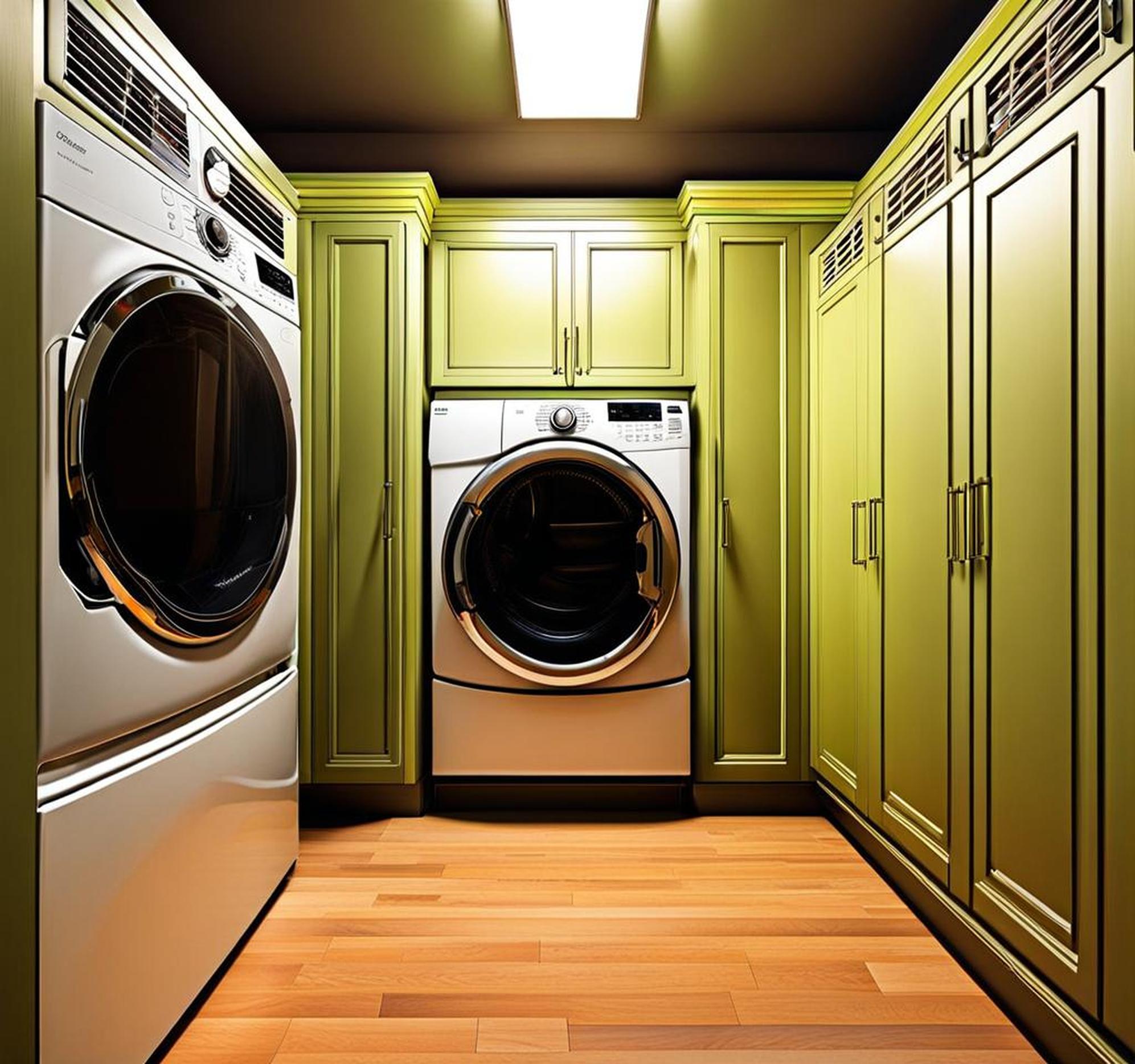Having a dryer that refuses to start can be incredibly frustrating. But before you call for expensive repairs, there are several do-it-yourself troubleshooting steps you can take to get your dryer running again.
With a little effort, you can save hundreds of dollars in repair bills and avoid the hassle of being without a functioning dryer.
Check Power Connection and Supply
First, ensure power is being connected to your dryer properly. Make sure the power cord is firmly plugged into a working outlet. Use a voltage meter to test the outlet and verify it is supplying the proper 120V. Examine the power cord itself for any damage, and make sure circuit breakers are not tripped. Try plugging into a different outlet in case the wiring is faulty.
Inspect the Door Switch
The door switch is a sensor that prevents the dryer from operating when the door is open. Locate the door switch assembly inside the dryer front panel and perform a continuity test with a multimeter. No continuity means the switch is faulty and will need to be replaced. Follow the steps to remove the old switch and install a new replacement.
Check the Start Button
The start button or switch activates the dryer cycle when pressed. Use your multimeter probes to test the contacts on the button. If there is no continuity when the button is pressed, the start switch will need to be replaced. Unplug the dryer, remove the control console panel, disconnect the switch and install a new one.
Inspect the Drive Belt
The drive belt transmits power from the motor to turn the dryer drum. Over time, belts can become loose or damaged. Open the back panel and examine the belt for excessive wear. A broken belt that has come detached will need to be re-routed on the pulleys. Replace the belt if it is cracked or worn.
Test the Drive Motor
The drive motor powers the rotation of the dryer drum. Use a multimeter to test the motor windings for continuity. If the windings are broken, the motor will need to be replaced. Unplug the dryer, remove the belt, disconnect the motor wires, remove the mounting screws and install the new motor.

Inspect Thermal Fuse
The thermal fuse shuts off power to the dryer if it overheats. Test the fuse for continuity using a multimeter. No continuity means the fuse has blown and will need to be replaced. The thermal fuse is normally located on the blower housing inside the dryer.
Check Heating Element
Faulty heating elements are another common cause of a dryer not starting up. Unplug the dryer and use your multimeter to test the heating element coils for proper electric resistance. If the readings are off, you will need to remove and replace the heating element.
Examine Control Board
The electronic control board regulates all dryer functions. Gain access to the control board and check for issues with voltage at various test points using your multimeter. If the board is defective, it will need to be replaced. This usually requires disassembling the dryer housing.
Ensure Venting is Clear
Restricted exhaust venting is another possibility if your dryer won’t start. Detach the vent tube from the back and inspect it for lint buildup. Use a vent brush to clean out any clogs in the venting hose. Proper airflow is required for dryer operation.
When to Call for Professional Help
For novice DIY-ers, complex electrical issues or unknown problems after testing may require calling an appliance repair technician. Professionals have specialized tools and expertise to properly diagnose and replace faulty motors, control boards, and other complex components.
Many dryer issues that prevent it from starting can be fixed with some effort and a bit of testing. Always unplug the dryer and exercise caution when attempting any repairs. Following proper diagnostic steps can help target the faulty component so you can get your dryer running again quickly and affordably.
